
Instructions for Use MPR1 DATALOGGER
Manufacturer:
RAUMEDIC AG, Hermann-Staudinger-Strasse 2, 95233 Helmbrechts, Germany
Page 69 of 98
4.9.2.3 Scaling
The works setting for scaling is "automatic", i.e. the scaling is automatically matched to the signal value.
Alternatively one of the three following setup settings can be selected for the scaling. The setup settings
are preset at the time of delivery according to the following table. (
Changes to the setup settings can only
be made with the PC software.)
Channel type
Setup 1
Setup 2
Setup 3
Min.
Max.
Min.
Max.
Min.
Max.
ART [mmHg]
50
150
75
150
50
200
ICP1 [mmHg]
0
50
0
20
-20
100
ICP2 [mmHg]
CVP [mmHg]
0
20
0
20
0
50
GP1 [mmHg]
-40
400
-40
400
-40
400
GP2 [mmHg]
GP3 [mmHg]
CPP [mmHg]
50
150
50
150
50
150
HR [bpm]
50
150
50
150
0
300
ECG [mV]
automatic
automatic
automatic
T1 [°C ]
35
40
35
39
15
45
T2 [°C ]
35
40
35
39
15
45
ICPT [mmHg]
0
50
0
20
-40
100
4.9.3 Saving the alarm settings
You can change the factory alarm settings (alarm limits and alarm activation) at any time. The alarm limits
and alarm enable settings are retained when the device is switched off. To activate the settings of the last
measurement when the device is next turned on, select the option "Act" under the point "Select alarm limits"
which activates the alarm settings of the last measurement, see also point 4.3 Alarm limit selection.
4.9.4 Technical alarms
Technical alarms are subdivided into alarms which indicate conditions under which a correct operation of
the apparatus is no longer ensured or where this fact has to be expected, respectively, and into those
alarms in which measuring or saving functions can no longer be carried out at all or to a limited extent only
because a sensor has been removed or due to a memory overflow, but the problem has no or could have
no technical reason.
Hereinafter the first will be referred to as apparatus alarms and the latter as sensor alarms.
The difference between the two is solely that the muting / reset key also resets the optical alarm signal
when sensor alarms occur.
4.9.4.1 Apparatus alarms
The following apparatus (device) alarms are differentiated:
(1) Battery discharged
The alarm will be activated thirty minutes prior to automatic shut-down, which means that the alarm is
activated when the calculated time remaining drops below the thirty-minute limit.
In case of an alarm, an alarm sound of medium priority is produced and the battery symbol flashes.
If this alarm exists, only the acoustic signal can be switched off using the muting / reset function.
(2) Memory full
The alarm will be activated when the available capacity remaining drops below a recording period of thirty
minutes. In case of an alarm, an alarm sound of medium priority is produced and the battery symbol flashes.
In case of both alarms, the muting / reset function will switch off the acoustic signal only.
In conjunction with the info-message, this alarm behaves like a sensor alarm. Once the info-message is
seen, the alarm is deleted and only the memory full indicator flashes.
(3) Internal fault (such as failure of reference measurement)
This
document
is
for
information
only

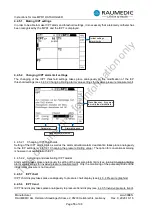
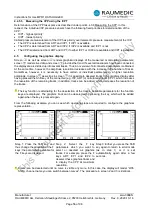

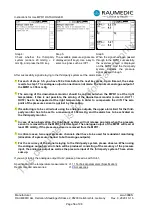
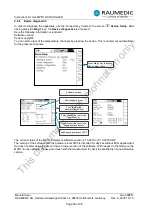
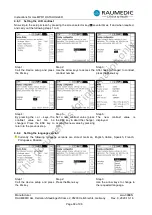
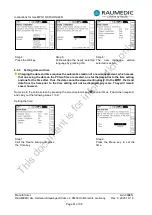
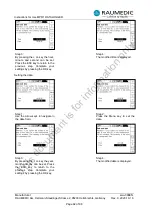
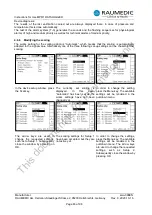
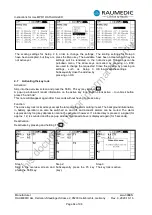

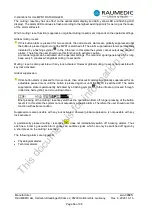


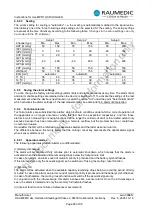

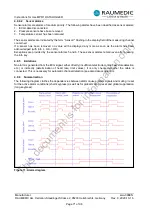
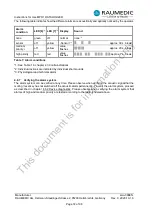
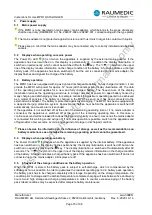
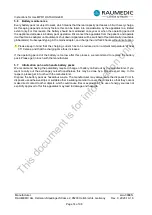

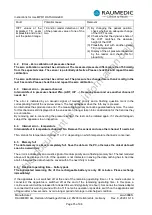
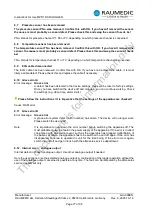
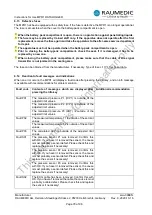
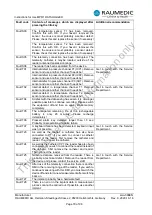
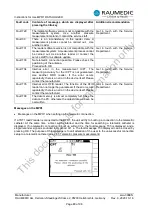

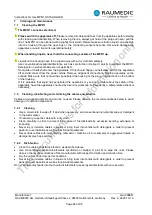
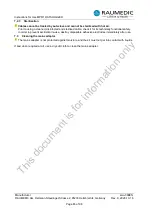
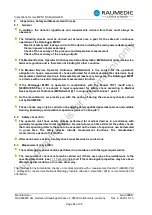
















![Lambrecht Ser[LOG] Operator'S Manual preview](http://thumbs.mh-extra.com/thumbs/lambrecht/ser-log/ser-log_operators-manual_3390951-001.webp)
